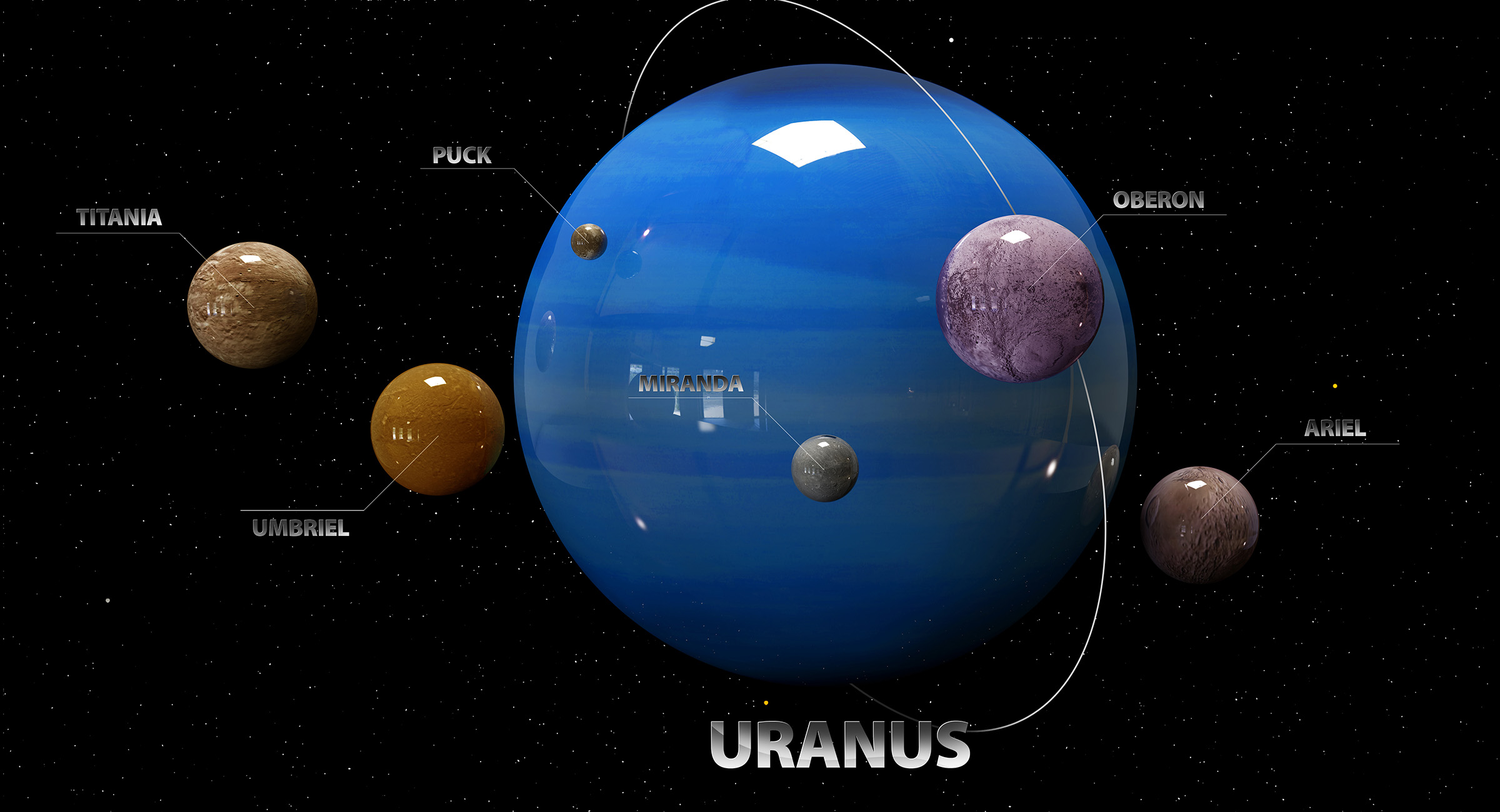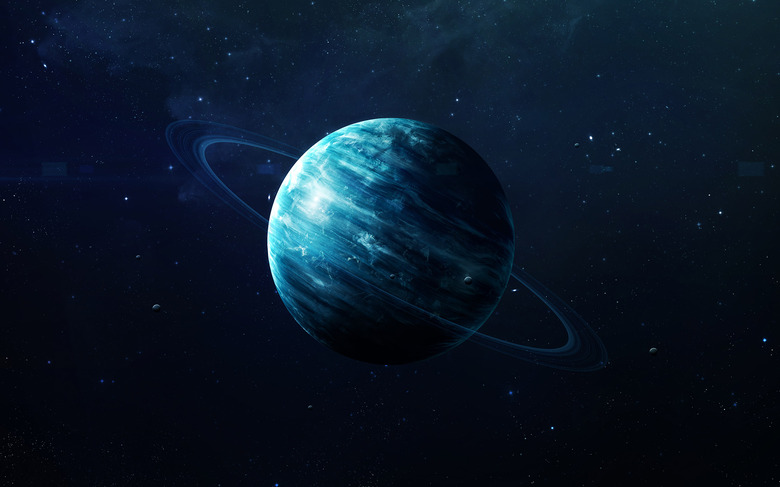Two Of Uranus' Moons May Be Hiding Active Oceans
Two of Uranus' moons may be home to active oceans hidden beneath their surfaces. The new finding was uncovered when astronomers looked back at radiation data that Voyager 2 captured about the planet when it passed by over 40 years ago. According to that new data, the moons Ariel and Miranda could possibly house underground liquid water oceans.
It's an intriguing discovery that only helps to heighten the need for better exploration of Uranus and its 27 different moons. By getting a better understanding of the possible oceans on Uranus' moons, we could possibly learn more about the moons themselves, where they originated from, and even whether or not they were ever capable of housing life of some significance.
A new study on the findings has been accepted for publication in the journal Geophysical Research Letters. The study details the radiation readings that astronomers looked at, some of which seem to suggest that at least one of these two Uranus moons is ejecting material into space, possibly from an underground ocean.

The exact cause and means by which the plasma is being ejected into the solar system are unclear, as the readings we have to look at are all 40 years old at this point. However, with scientists calling for new missions to Uranus, we could likely see more data on the possibility that Uranus' moons are harboring active oceans in the coming decades.
Learning more about our solar system's planets has always been a goal for astronomers. However, getting spacecraft to many of those planets isn't always easy. That also doesn't take into account the overall cost of such missions, either. The hope is that these suggestions that Uranus' moons are hiding oceans could help spur the movement to create Uranus-focused exploration missions.
Further, if NASA and other agencies show enough interest in exploring Uranus and the possibility of these moon-based oceans, then we could see more priority put on Uranus-focused exploration in the near future.
